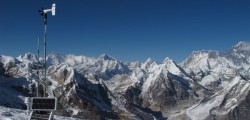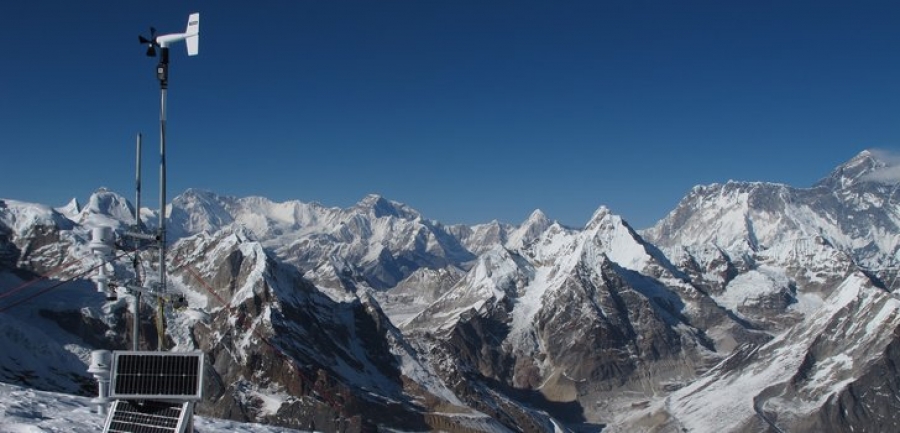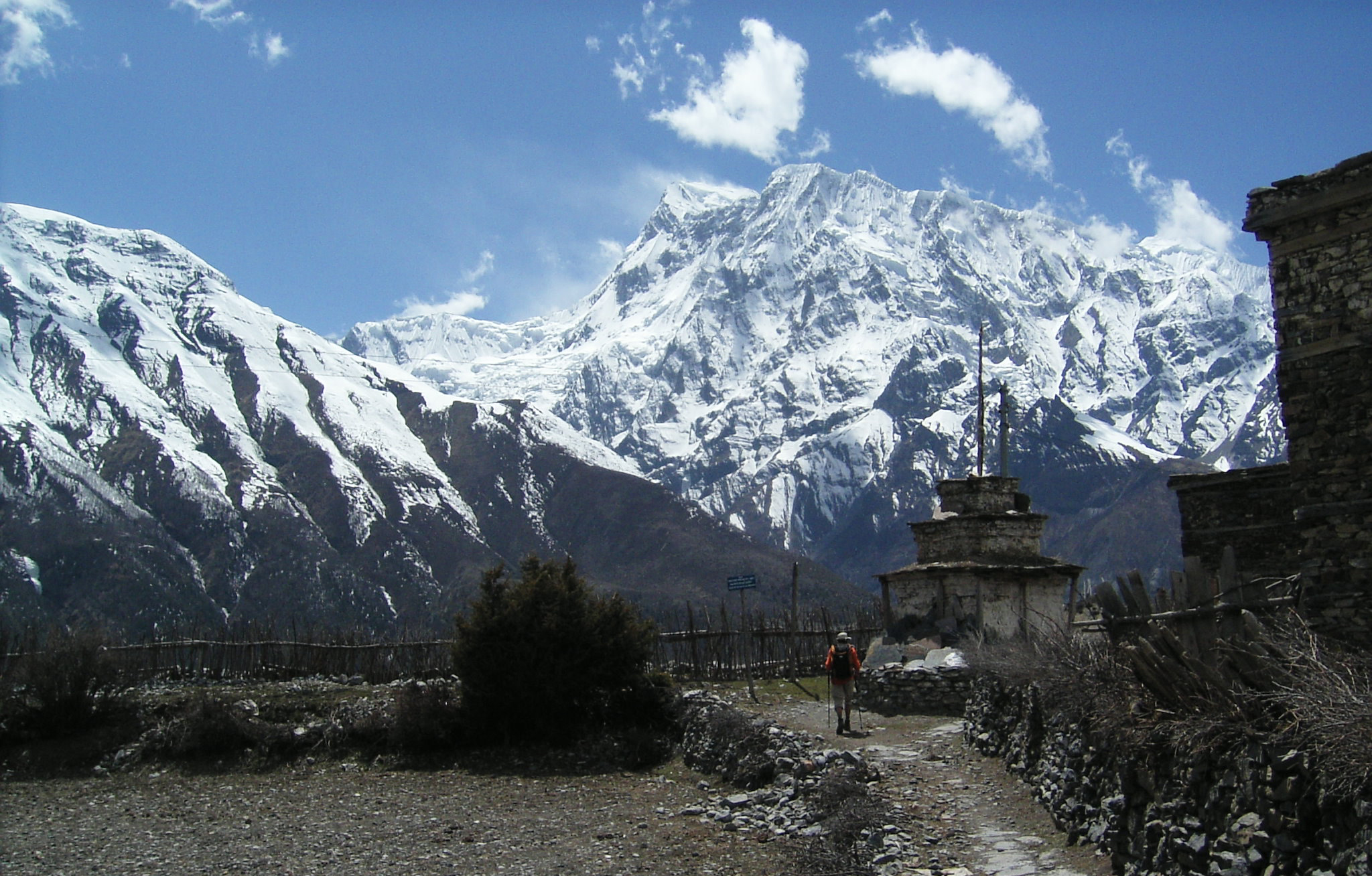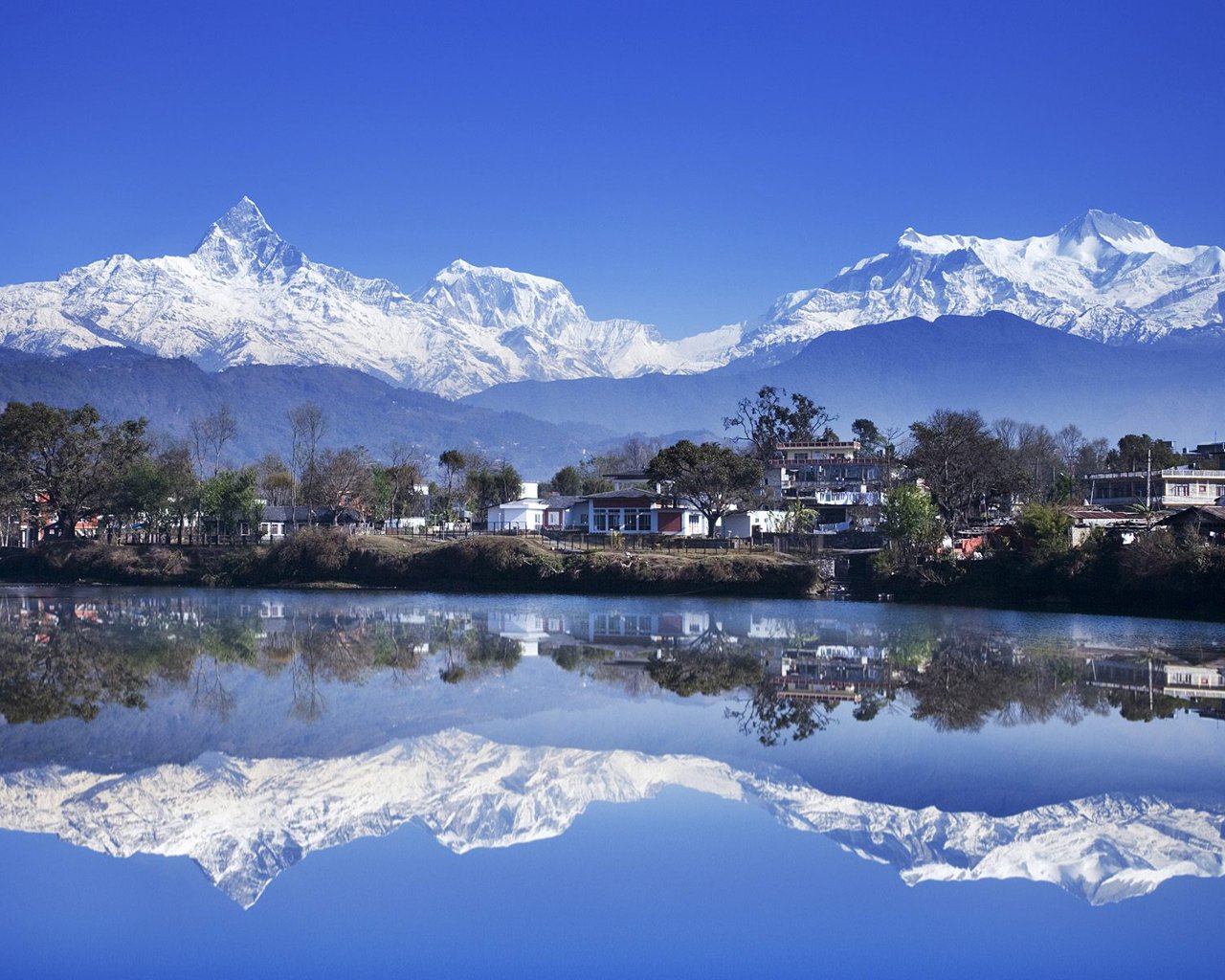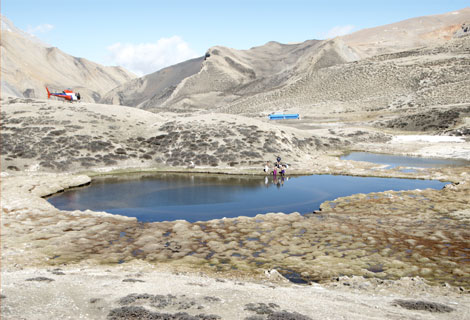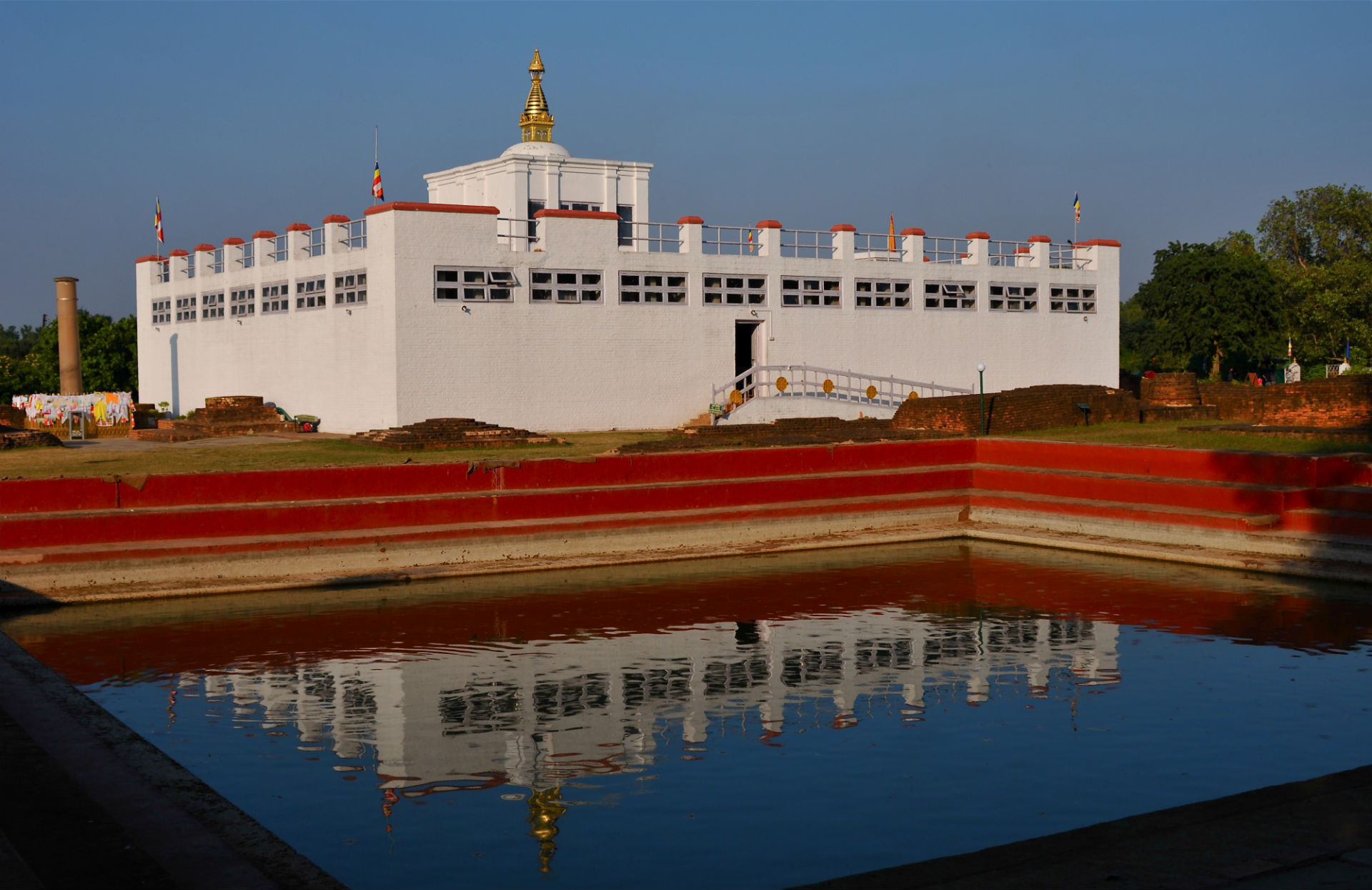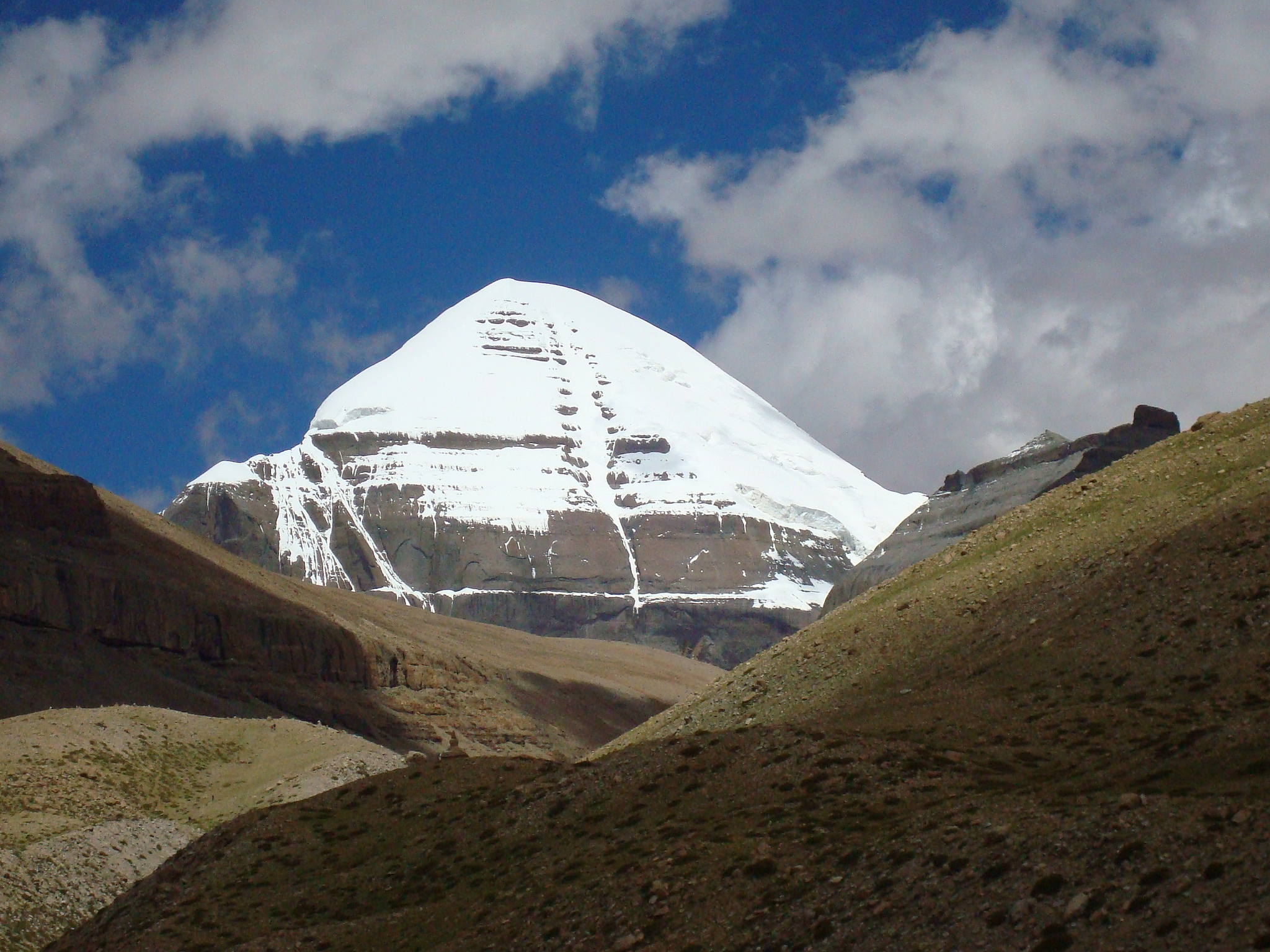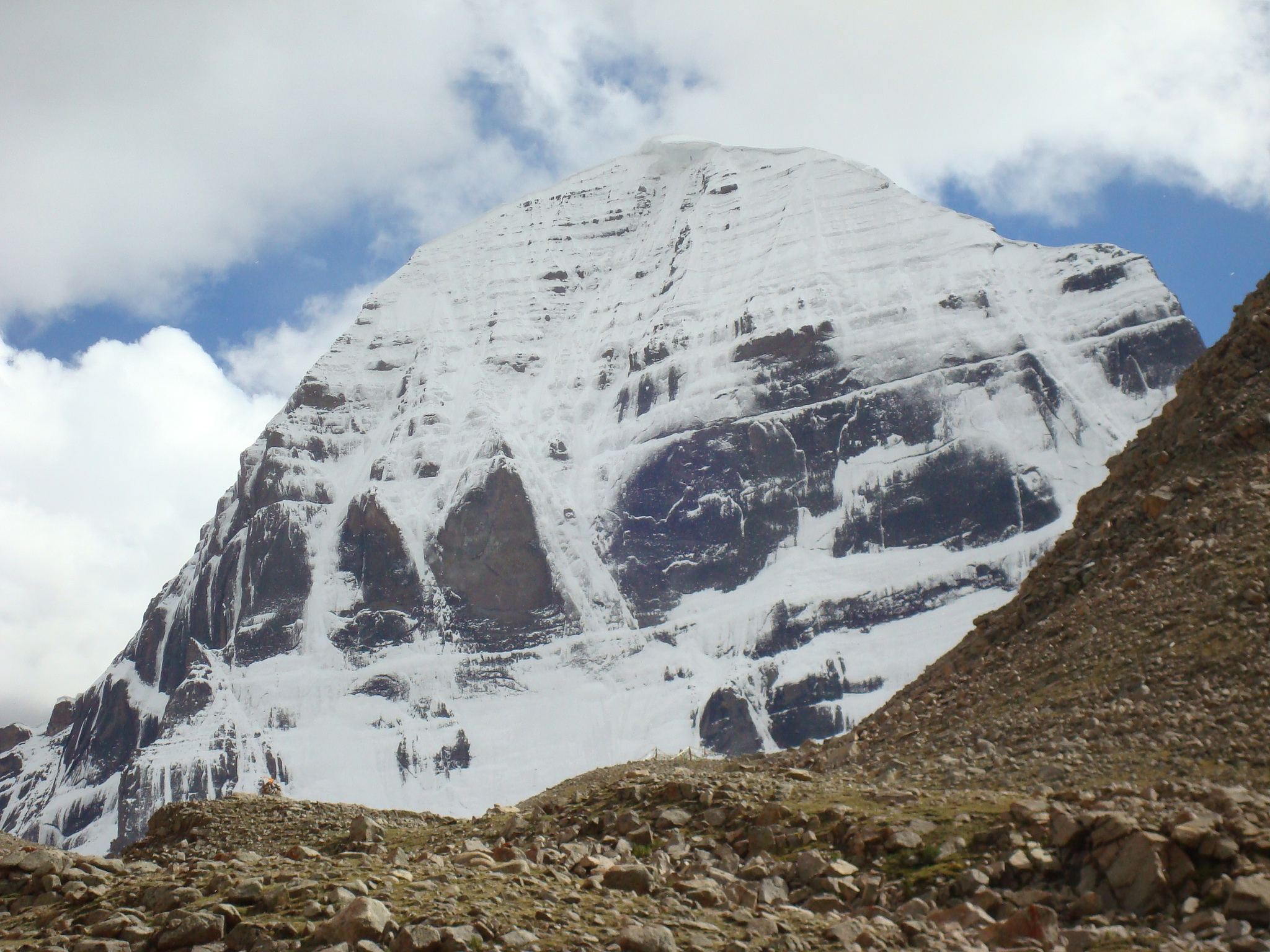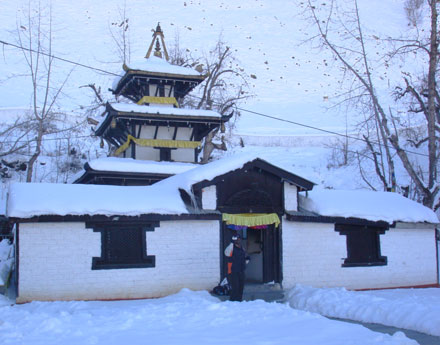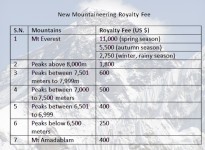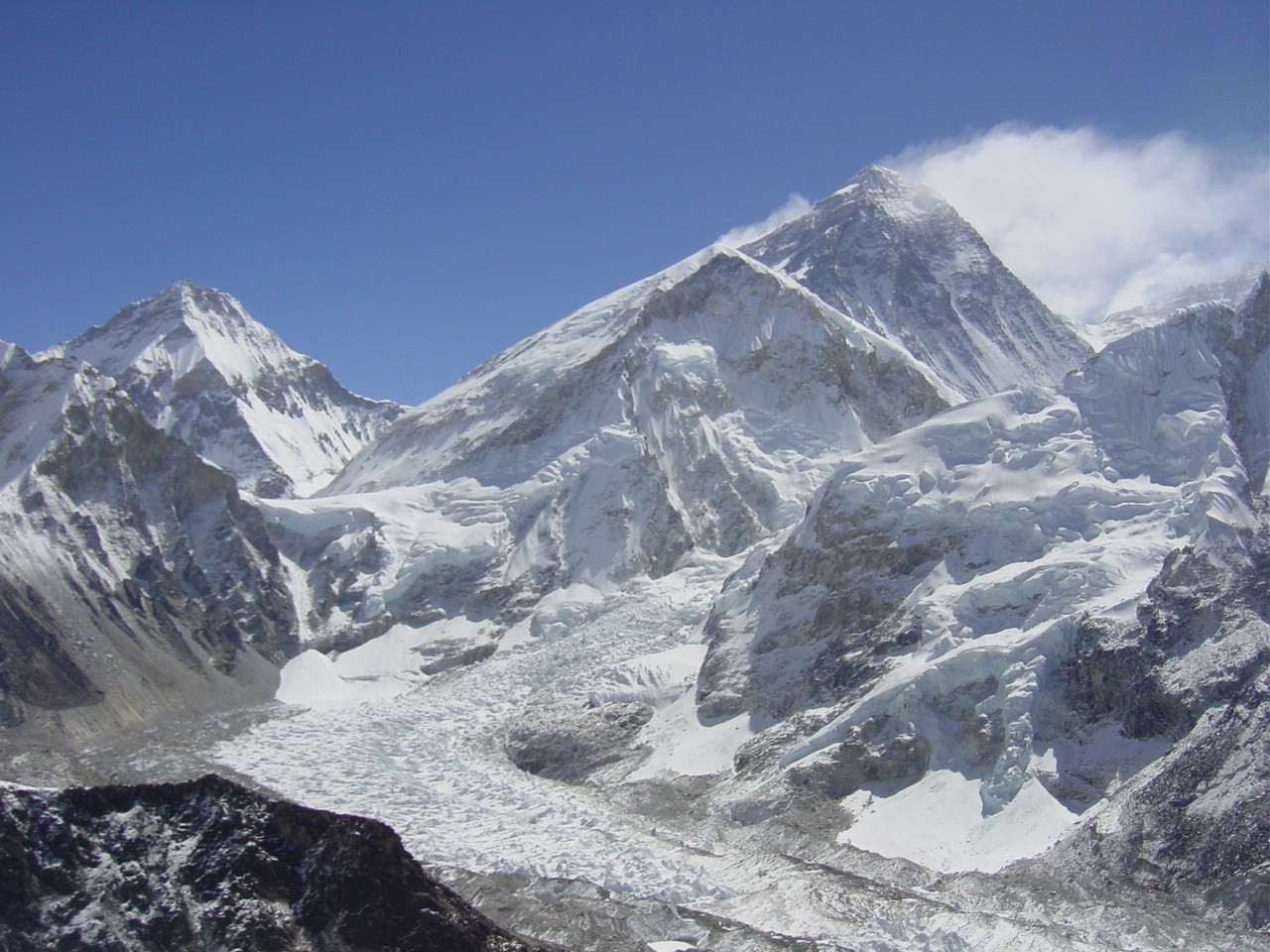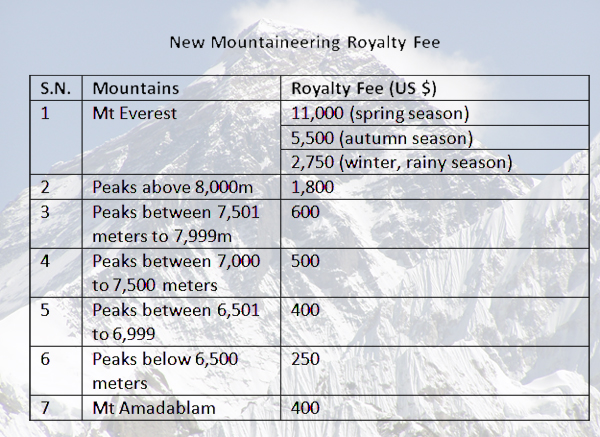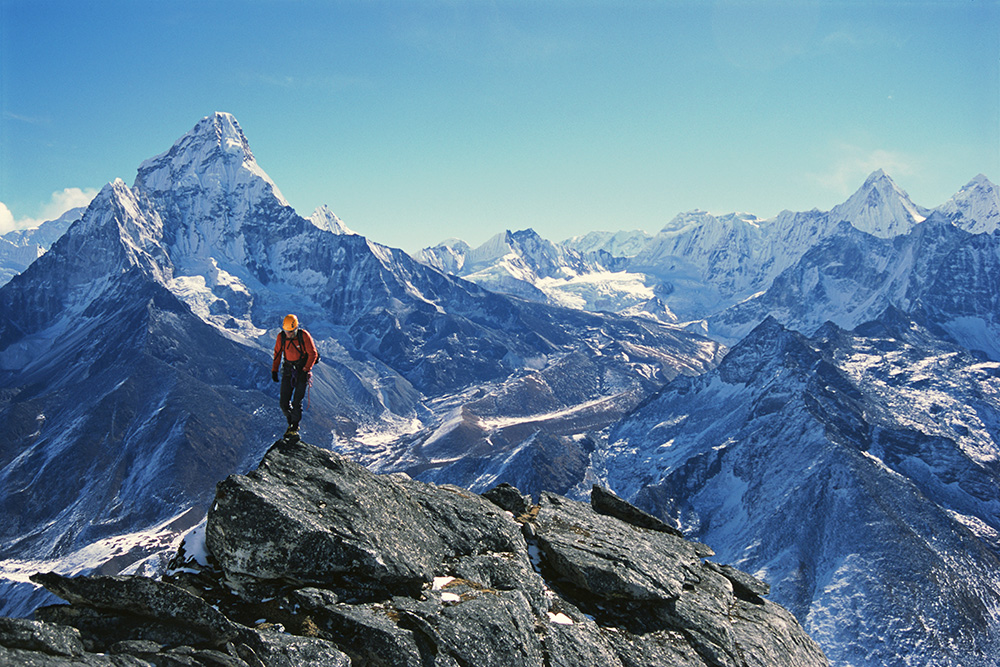When Nepal shook under the impact of a 7.8 magnitude earthquake on April 25 followed up by a scourge of a series of powerful aftershocks, the country’s tourism industry was struck with a jolt of an equal magnitude.
The unprecedented setback for tourism in Nepal cannot be immediately scaled nor under estimated for the full impact is yet to transpire, and many are wary of the prospect of tourists returning to Nepal anytime soon. In midst of this confusion-stricken scenario, the government has shown readiness to bounce back and revive the tourism industry to its former glory as it remains Nepal’s mainstay of economy and fame. It is working on a plan to rebuild the destroyed structures at the earliest. The government is all set to reopen access for tourists to the heritage sites from June 15, while it also ramps up its pace to remove the detritus from the collapsed structures. “We urge them (the tourists) to visit our country at the soonest and from June 15 we are reopening access for tourists to heritage sites inside the valley,” Ramesh Kumar Adhikari, Administrative Chief at Nepal Tourism Board said. “They should come to Nepal to continue showering their love to the country and to see the impact of the natural calamity on the beauty of Nepal which also serves as an opportunity for inspection and research”. “We are in grief on the inside and smiling on the outside and to see this they (tourists) should come”, adds Adhikari while pointing out that the damages to Nepal’s beauty is partial and not wholesale. The renowned monuments and temples which constitute the Kathmandu Valley World Heritage Property including many more historically important sites are far from completely perishing. In fact many of the awe inspiring temples and heritage sites are still standing, though they await renovation. The Nyatapola temple also known as the Panch Tale Mandir (Five-Storied Temple) is still unbelievingly erect as if trying to taunt the surrounding inner city of Bhaktapur punctuated by a dismal landscape of shattered houses and twisted ruins. The pagoda-style Nyatapola which suffered partial damage at the top was built by medieval-era King Bhupatindra Malla during a five-month period from 1701-1702. The tallest temple in Nepal stands on five stage plinths designed exactly to withstand such powerful earthquakes. Another temple of Bhairav Nath adjacent to Nyatapola is also relatively intact with a portion at the top edge falling apart. In Patan Durbar Square, the famous Radha Krishna Temple built by the then King of Patan, Sidhi Narsingh Malla in 1637 is intact and ready to welcome the tourists.
According to legend, the temple was carved out of a single boulder whereas another five-storied pagoda style Kumbeshwor temple at Bagalamukhi is still there with partial damage at the top. However, the destruction unleashed by the earthquake in Kathmandu Durbar Square is most severe. Half of the Nautale Durbar (Nine-storied palace), a palace built in the form of a temple, has crumbled while the famous Rana era Gaddhi Baithak built in neo-classical European architectural style suffered widespread damages. The Maju Deval temple, located at the centre, which is usually filled with couples sitting on nine-stage ochre platform and serving as the most popular meeting place has been reduced to debris. Despite this, the secretive and majestic 35-m high Taleju temple built in 1564 by Mahendra Malla is still intact with minor cracks. The temple stands on a 12-stage plinth and is the most precious jewel of Kathmandu Durbar Square.
The Panchamukhi Hanuman Temple which is one of the most beautiful temples in the square is still standing. The residence of the living Goddess Kumari, the Kumari Ghar or Kumar Chowk built in 1957 is also still there to welcome tourists.
The famous Changunarayan Temple, which existed as early as 325 AD in the time of Licchavi King Hari Datta Verma is a masterpiece blend of woodcraft and art in Nepal. The inscription recording the military exploits of King Man Deva who reigned from 490 to 524 AD is the earliest inscription known in Nepal. The temple premises, situated atop a hill at the North-East part of the Kathmandu valley, suffered a wide range of destruction during the earthquake, but the Changu Narayan temple itself escaped destruction but with extensive damages. The temple continues to stand with its artistic richness undimmed.
The Swayambhunath Stupa, one of the oldest heritage sites in Kathmandu valley, is intact although the temples and monasteries in the premises suffered extensive or partial damages. The great Himalayan range wearing the crown of Mt Everest and the picturesque hinterlands of Nepal are not going anywhere.
However, notwithstanding the real situation on the ground, some media have been disseminating alarmist and sensationalized reports in connection to the destruction at multiple heritage sites.
Tourist Guide Association of Nepal (TURGAN) President Hare Ram Baral blamed some foreign media of focusing on only the destroyed temples. “Three of seven world heritage sites enlisted by UNESCO in Kathmandu valley – Swayambhunath Stupa, Changunarayan Temple and Kathmandu Durba Square – have suffered damages but tourist are welcome to see the structures that have remained intact,” Baral said.
He appealed to the media to make people feel secure by informing them of the facts including that many hotels in Kathmandu have been tagged with green stickers. “We have posted information about structures that have not fallen due to the quake in the TURGAN website,” he said adding, “Visit Nepal if you love Nepal.”
“We must be able to tell them that yes we have suffered collapsed structures, but still we have many places where you can visit,” Baral said. Pointing out that Lumbini and Pokhara remained intact, Baral emphasized the only two trekking routes in Manaslu and Langtang areas suffered the impact of natural calamity, but many other trek routes are safe.
“Nepal is one of the countries in the world with multiple dimensions for tourism, while our hospitality and service is highly rated in the world,” NTB administrative chief Adhikari stressed adding, “Tourists are bound to visit Nepal, sooner rather than later.” RSS
Follow and share our more detail from our social media ; Facebook, Pinterest and Twitter.






